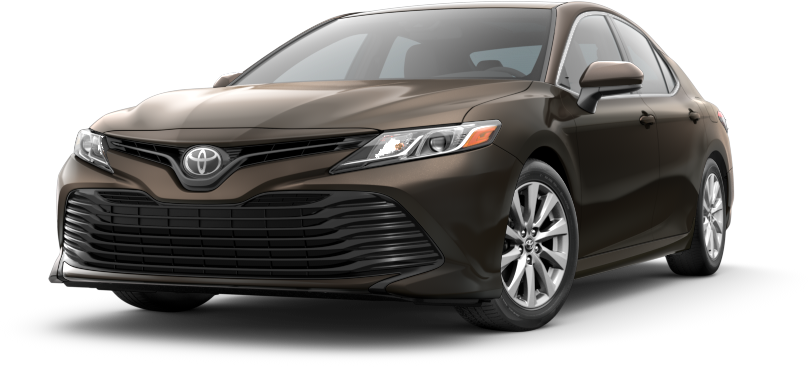The Growing Family of Toyota Vehicles
At the start of the new millennium, Toyota made some aggressive moves to expanding its line of vehicles and capture more of the market. Refocusing and inventing new ways to appeal to consumers has paid off. Amidst the recession in 2008, the company eclipsed General Motors to become the biggest manufacturer of automobiles in the world.
Selling to Emerging Markets
While competitors have targeted buyers in the United States, Toyota vehicles have had a much broader international appeal. These cars are affordable and durable. In countries where incomes are more limited, buyers must be cautious. The longevity of a vehicle is an important consideration.
Toyota has spent decades cultivating its reputation for quality. In addition to that, maintenance is easy and affordable parts are plentiful. This strategy started to pay off in Mexico beginning in 2001. Sales of the popular Camry, Tundra, and Tacoma models have increased steadily over time throughout countries with emerging and developing economies.
Ecological Commitment
Toyota was one of the first automakers to recognize its responsibility to build cars that have the least impact on the environment. The Prius was introduced in 1997 just before the Kyoto Summit where international agreements for reducing greenhouse gas emissions were signed.
The Prius is the first successfully mass produced hybrid model. Buyers enjoyed the best fuel economy and 90% fewer emissions than any other vehicle at the time. The model has been in steady demand ever since. It was updated in 2003 and in 2009. Each time, Toyota renewed its commitment to being ecologically responsible and improved on the fuel economy and performance.
Toyota was also the first to introduce hybrid technology in a luxury SUV. The Lexus RX-400h was offered beginning in 2005. Now the company has hybrid power plants as options for many of its other vehicles including the Camry, RAV4, and Highlander SUV.
In 2017, buyers now have the option to pick up the new Toyota Prius Prime. This is the most advanced hybrid vehicle yet. It has an electric plug-in option that empowers owners to charge the battery independent of the engine operation. It can take a charge from the standard electric outlet or from a more powerful electric vehicle charging stations found at retail stores, shopping centers, and some office buildings.
The new Prius Prime can be driven at total of 640 miles when both the gas and electric motors are put to use. It has a combined fuel economy of 54 Miles per gallon. The electric motor has an astounding 133 miles per gallon equivalent. This car also qualifies for the $4500 federal tax credit and is priced thousands of dollars less than its competitors.



